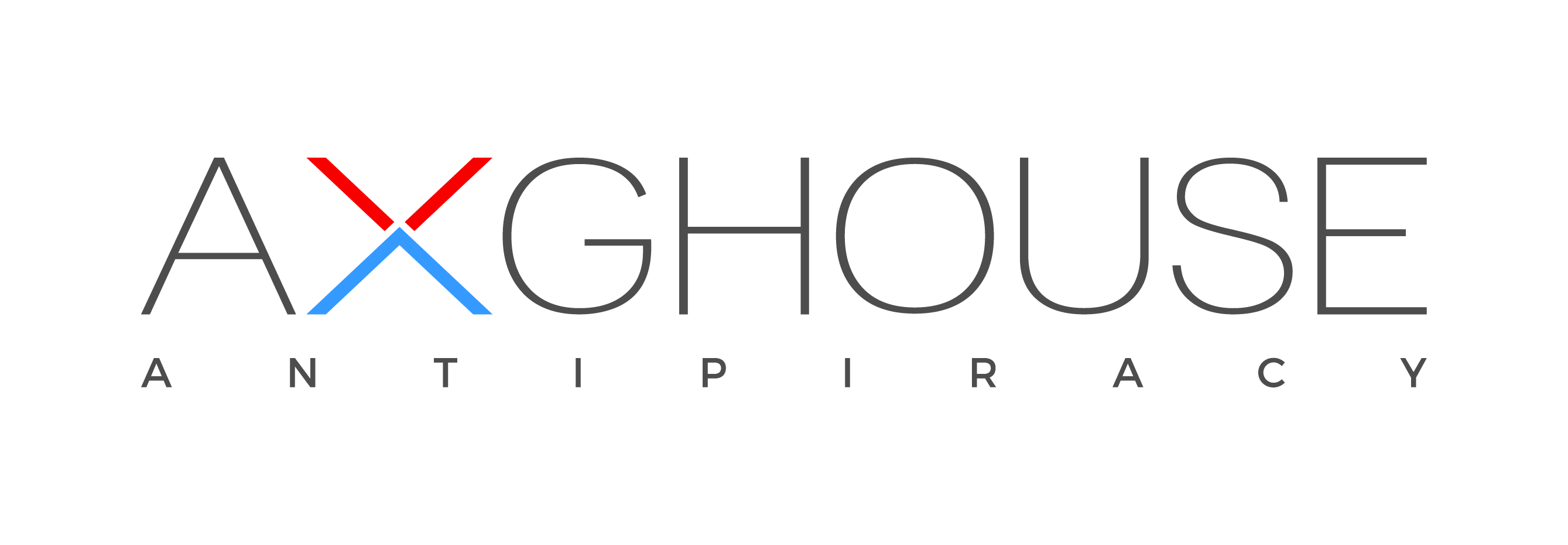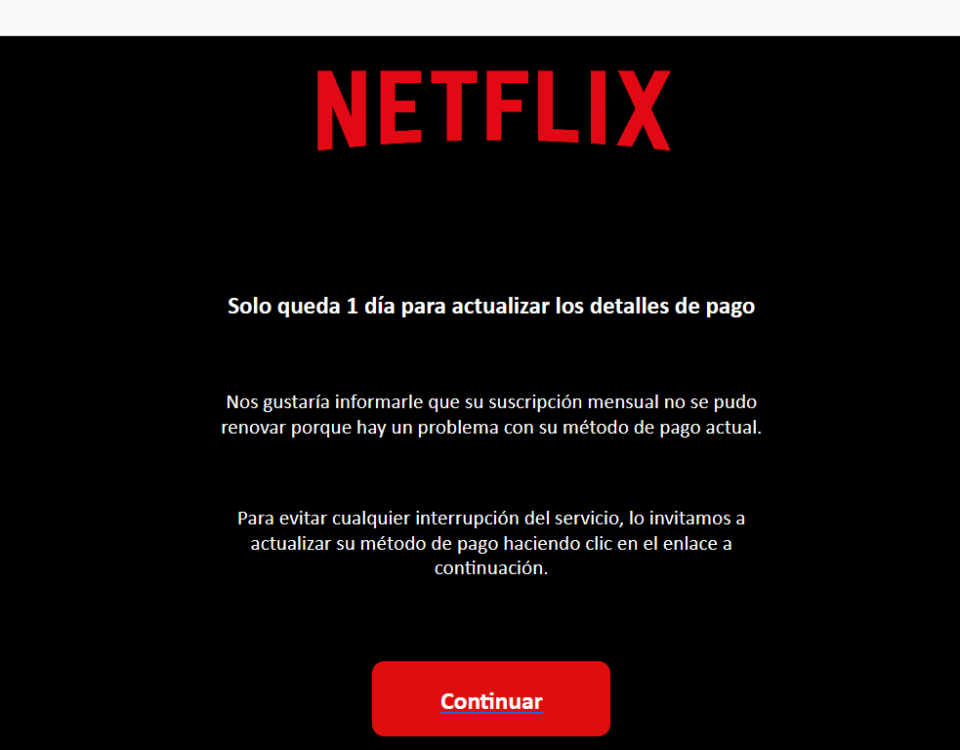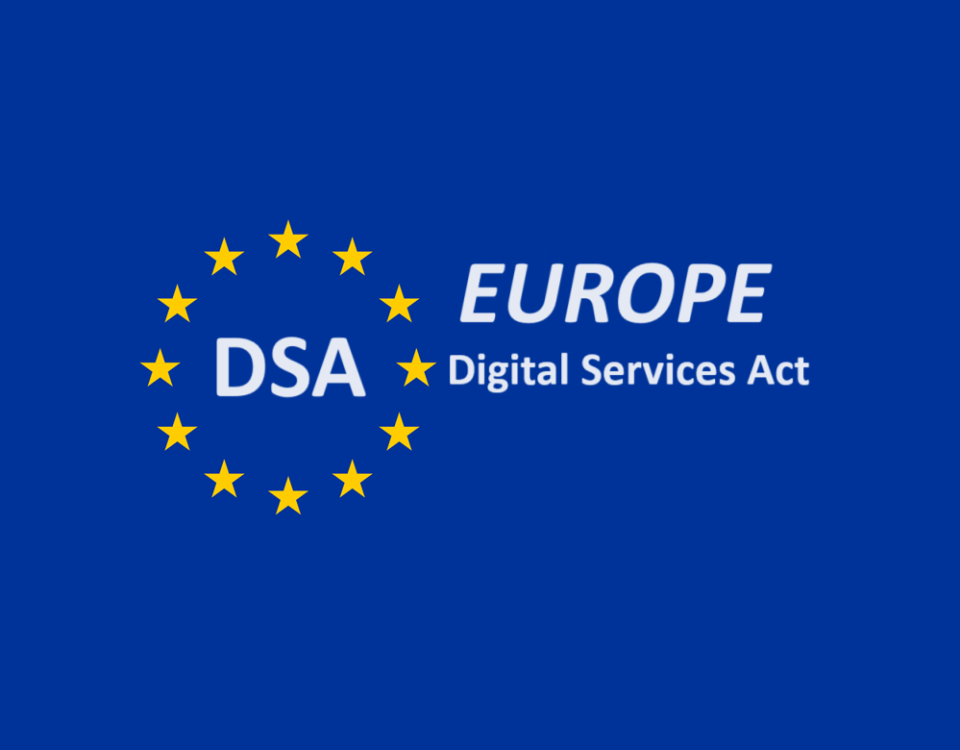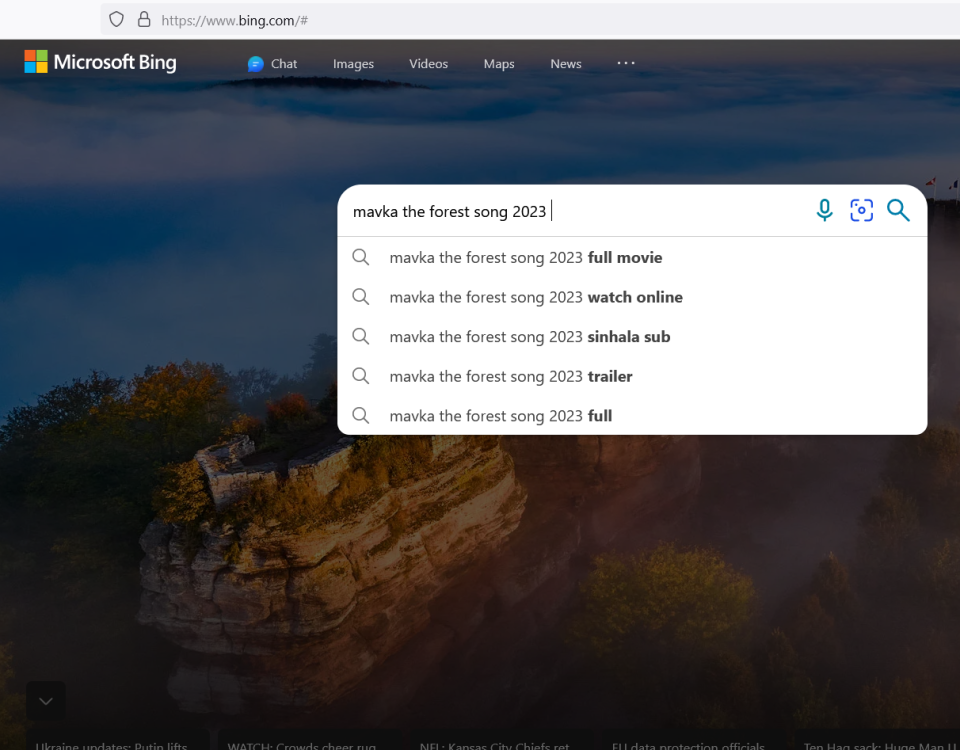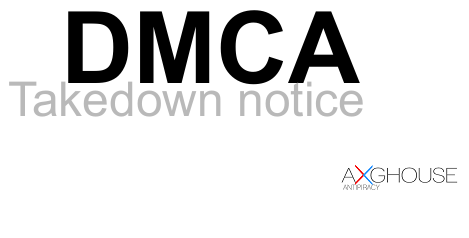
DMCA takedown notice (EXAMPLE)
January 9, 2019
How to submit a counter notification to Google?
January 9, 2019What is DMCA?
The Digital Millennium Copyright Act (DMCA) is a 1998 United States copyright law that implements two 1996 treaties of the World Intellectual Property Organization (WIPO). It criminalizes production and dissemination of technology, devices, or services intended to circumvent measures that control access to copyrighted works (commonly known as digital rights management or DRM). It also criminalizes the act of circumventing an access control, whether or not there is actual infringement of copyright itself. In addition, the DMCA heightens the penalties for copyright infringement on the Internet Passed on October 12, 1998, by a unanimous vote in the United States Senate and signed into law by President Bill Clinton on October 28, 1998, the DMCA amended Title 17 of the United States Code to extend the reach of copyright, while limiting the liability of the providers of online services for copyright infringement by their users.
The Digital Millennium Copyright Act (DMCA) was signed into law by 1 President Clinton on October 28, 1998. The legislation implements two 1996 World Intellectual Property Organization (WIPO) treaties: the WIPO Copyright Treaty and the WIPO Performances and Phonograms Treaty. The DMCA also addresses a number of other significant copyright-related issues. The DMCA is divided into five titles:
- Title I, the “WIPO Copyright and Performances and Phonograms Treaties Implementation Act of 1998,” implements the WIPO treaties.
- Title II, the “Online Copyright Infringement Liability Limitation Act,” creates limitations on the liability of online service providers for copyright infringement when engaging in certain types of activities.
- Title III, the “Computer Maintenance Competition Assurance Act,” creates an exemption for making a copy of a computer program by activating a computer for purposes of maintenance or repair.
- Title IV contains six miscellaneous provisions, relating to the functions of the Copyright Office, distance education, the exceptions in the Copyright Act for libraries and for making ephemeral recordings, “webcasting” of sound recordings on the Internet, and the applicability of collective bargaining agreement obligations in the case of transfers of rights in motion pictures.
- Title V, the “Vessel Hull Design Protection Act,” creates a new form of protection for the design of vessel hulls. This memorandum summarizes briefly each title of the DMCA. It provides merely an overview of the law’s provisions; for purposes of length and readability a significant amount of detail has been omitted. A complete understanding of any provision of the DMCA requires reference to the text of the legislation itself.
